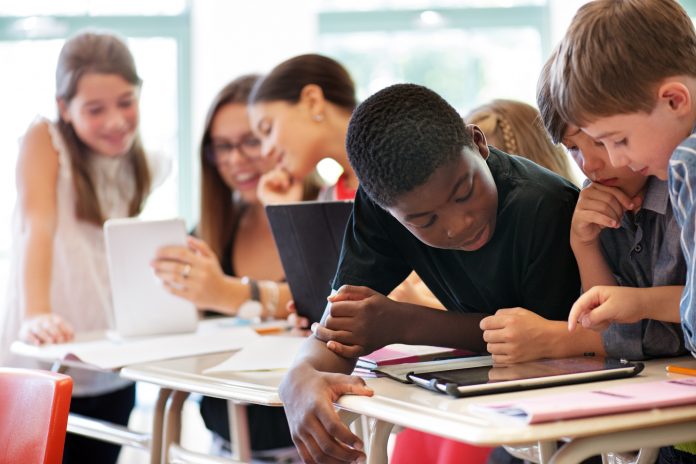Open Access Government examines how literacy and math in the US can be improved under the Biden-Harris Administration
When President Biden assumed office, less than half of all K-12 schools had fully opened for face-to-face instruction. But now, because of the President’s quick action and historic investments, every school in the United States is safely open for in-person teaching.
President Biden’s message has been clear from the first day of his Administration: Every school needs to accelerate academic performance, be safe for face-to-face instruction, and grow communities where each student feels they belong.
Boosting academic performance throughout the U.S.
Back in September 2023, as students started the new school year, the Administration announced new initiatives to enhance instruction and boost academic performance across the country. The announcements include measures to improve student reading and math performance, including approximately $50 million in funding for States for literacy support and interventions.
We’re told that it’s all part of the U.S. Department of Education’s ‘Raise the Bar: Lead the World’ initiative to change the world of education and unite parents, educators, community leaders, and students around what works – based on decades of research and experience – to promote educational equity and excellence.
U.S. Secretary of Education Miguel Cardona said to reverse years of decline in core areas such as literacy and math, not made any better by the challenges from COVID-19, schools must relentlessly focus on “strengthening instruction, providing targeted supports like extended learning time, and working intentionally with families and caregivers to ensure children and youth are present and fully engaged in school.”
The U.S. Department of Education will collaborate with school leaders, local education leaders, and other stakeholders to improve academic performance for all students, the Secretary of Education continued, highlighting “continued investments to strengthen literacy instruction…exciting progress towards recruiting 250,000 tutors and mentors through the National Partnership for Student Success” and “historic support for students’ mental health and wellness.”
This announcement includes about $50 million worth of new grants to help States and educational partners develop and implement evidence-based interventions and supports in literacy.
Strengthening literacy skills for each student
For example, Comprehensive Literacy State Development and Innovative Approaches to Literacy programs help communities, States, and school districts promote high-quality literacy instruction and materials plus equitable access for each student. The Department will also initiate new technical assistance to support states in strengthening literacy skills for the students who need it the most.
We know reading on grade level by third grade is essential for future academic achievement. Students who read on grade level are more likely to attend school, stay involved, and graduate on time. That’s why the Department strives to promote effective literacy practices through the methods outlined above. (1)
Closing the education equity and innovation gap
The Biden-Harris Administration in December 2023 announced $277 million in new equity and innovation grants through its Education Innovation and Research (EIR) grant program, part of ongoing efforts to support academic recovery, including student math and reading success.
These new grant awards go a long way toward closing this gap, especially for underserved communities and students. We hear there’s $90.3 million for STEM, $87.2 million for social-emotional well-being, incorporating student engagement, plus $76.5 million for projects in the countryside.
Improving academic recovery, promoting excellence and equity
According to a statement from the U.S. Secretary of Education, this $277 million in grants will support some of the country’s most ambitious efforts to improve academic recovery and promote excellence and equity in education.
“I am especially excited to have the Department of Education support innovative efforts across the country to enhance literacy, math, and STEM instruction broadly in underserved communities and set the stage for young people to succeed, as well as learn how to address real-world problems in today’s most cutting-edge fields.”
The 2023 EIR grantees include the Concord Consortium project, which uses an integrated artificial intelligence (AI) education approach to broaden access to AI math and literacy programs for underrepresented students in the computing field (e.g., African American, Hispanic, poor, rural-based, or under-resourced students), as well as to build teacher competency for AI in math program implementation. (2)
Bolstering literacy and math in the US
When President Biden assumed office, less than half of all K-12 schools had fully opened for face-to-face instruction. We wish the U.S. Department of Education all the best as it continues to promote academic excellence, literacy, and numeracy nationwide. (1,2)
References
- https://www.ed.gov/news/press-releases/fact-sheet-biden-harris-administration-announces-new-actions-build-work-accelerate-learning-and-improve-student-achievement
- https://www.ed.gov/news/press-releases/biden-harris-administration-announces-277-million-education-innovation-and-research-grants-help-address-academic-recovery











